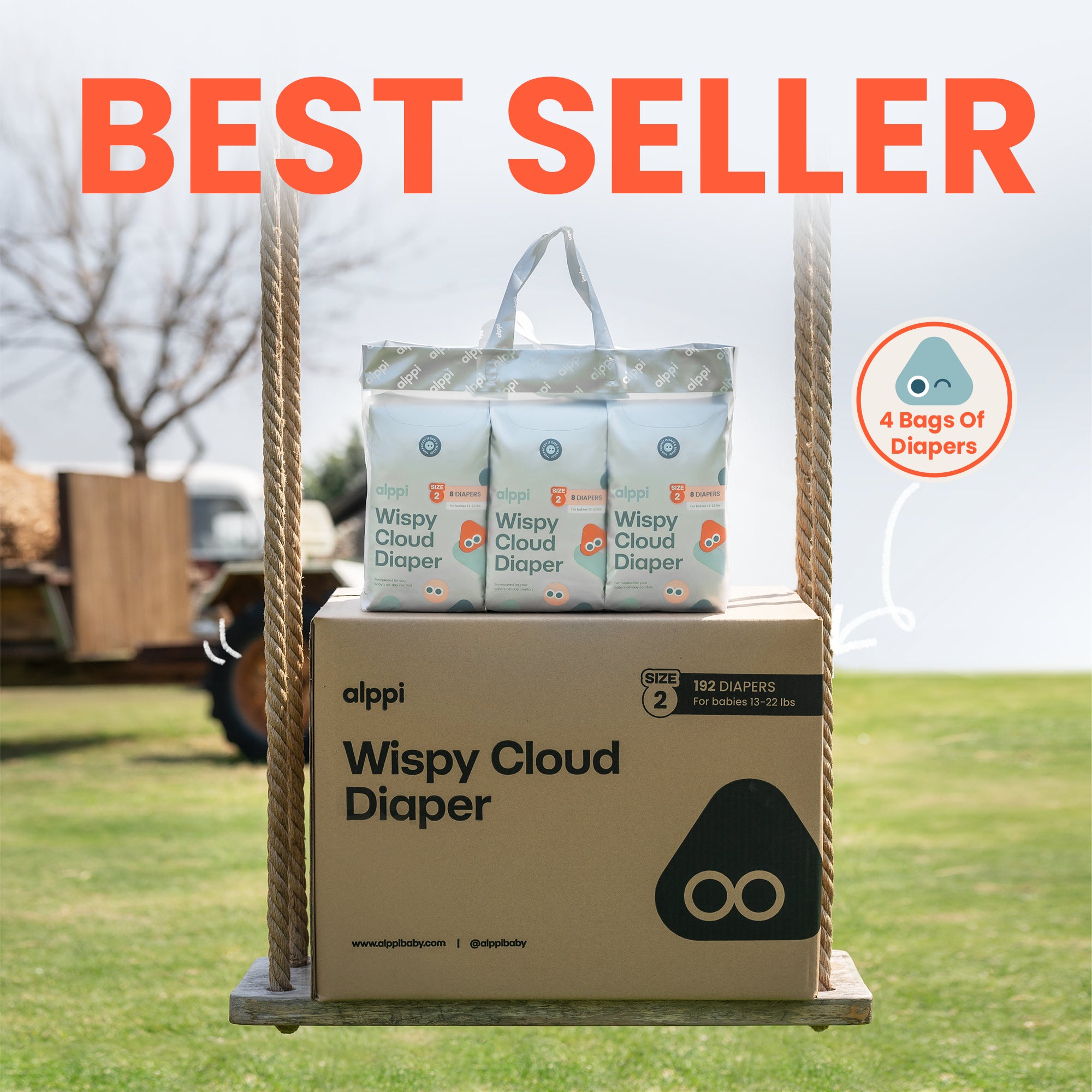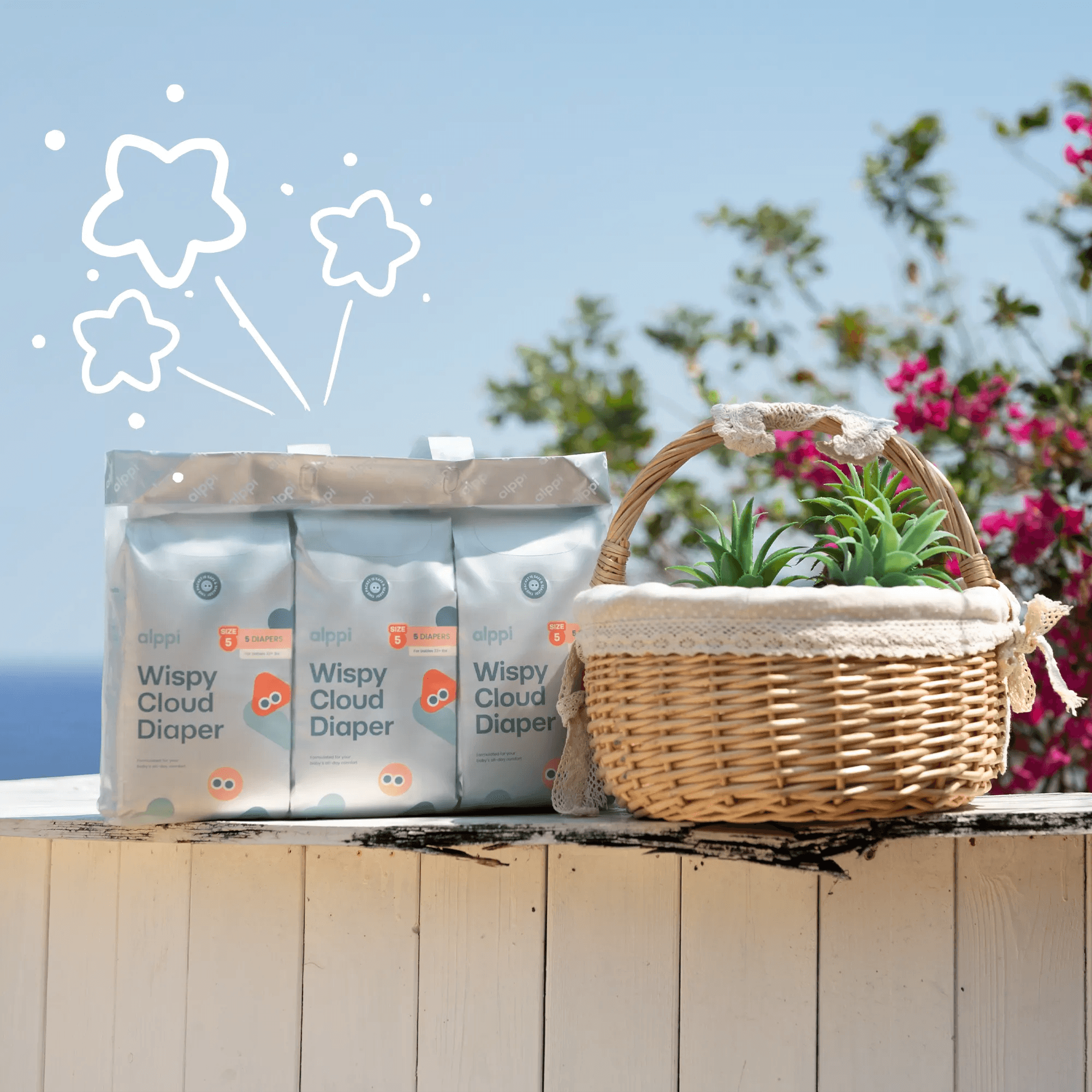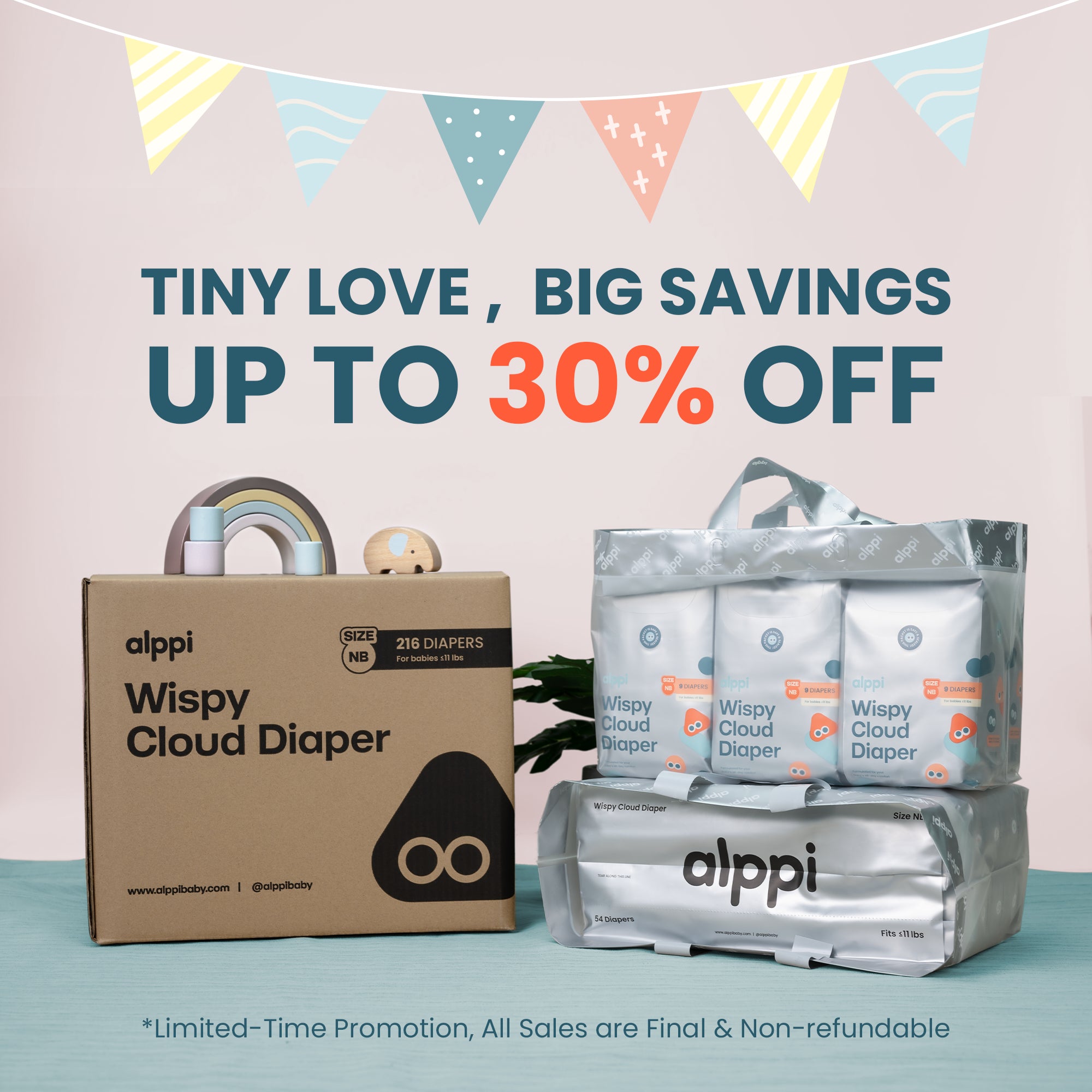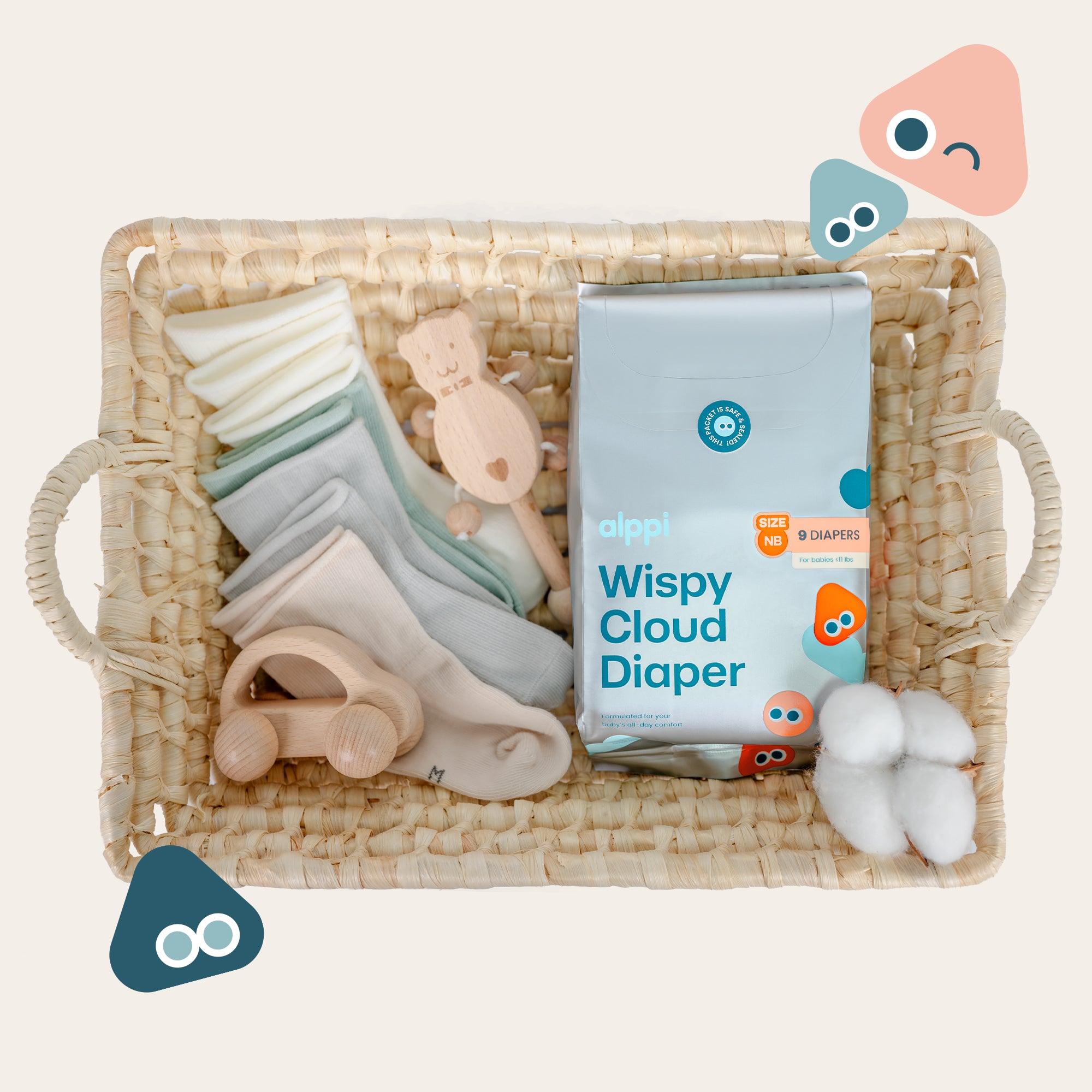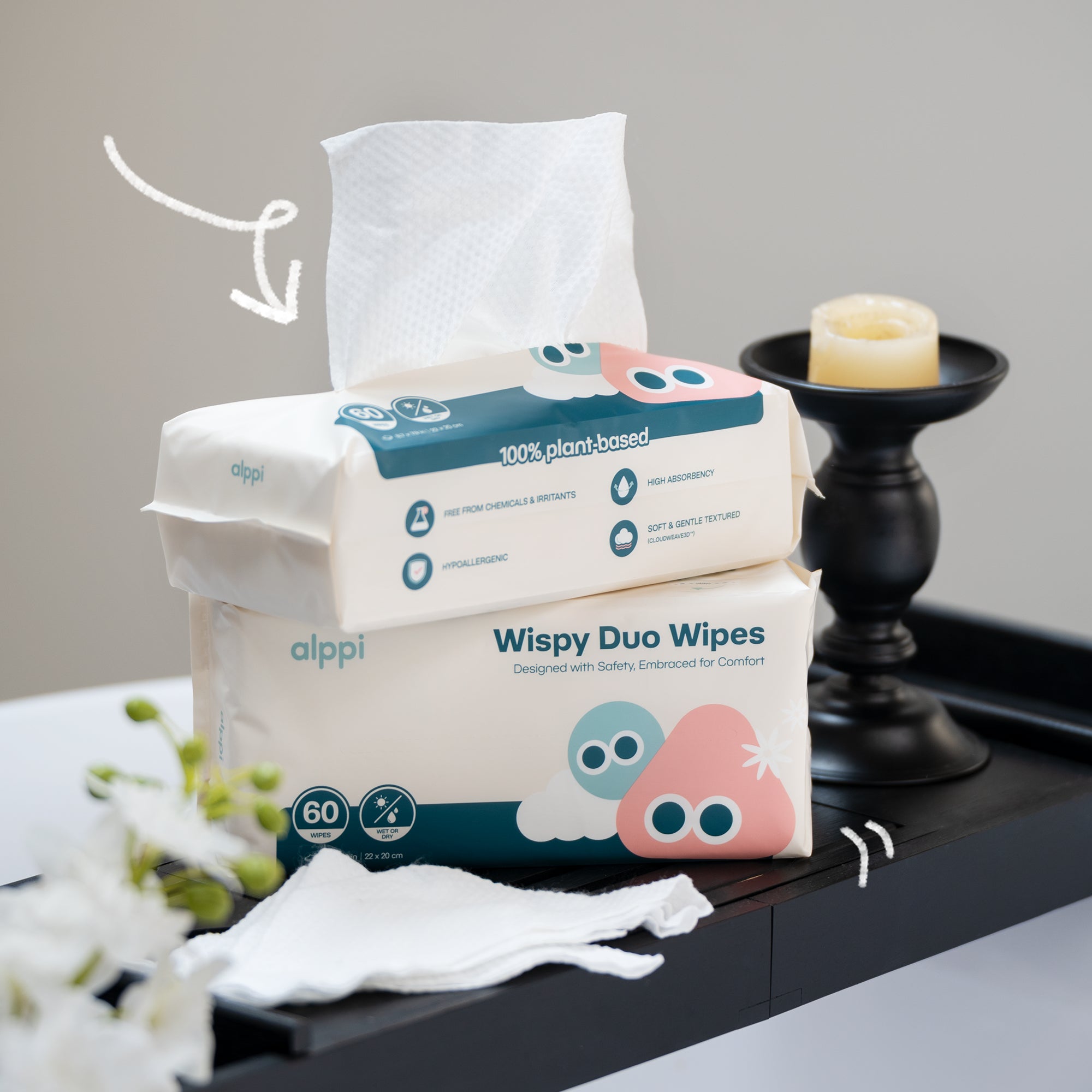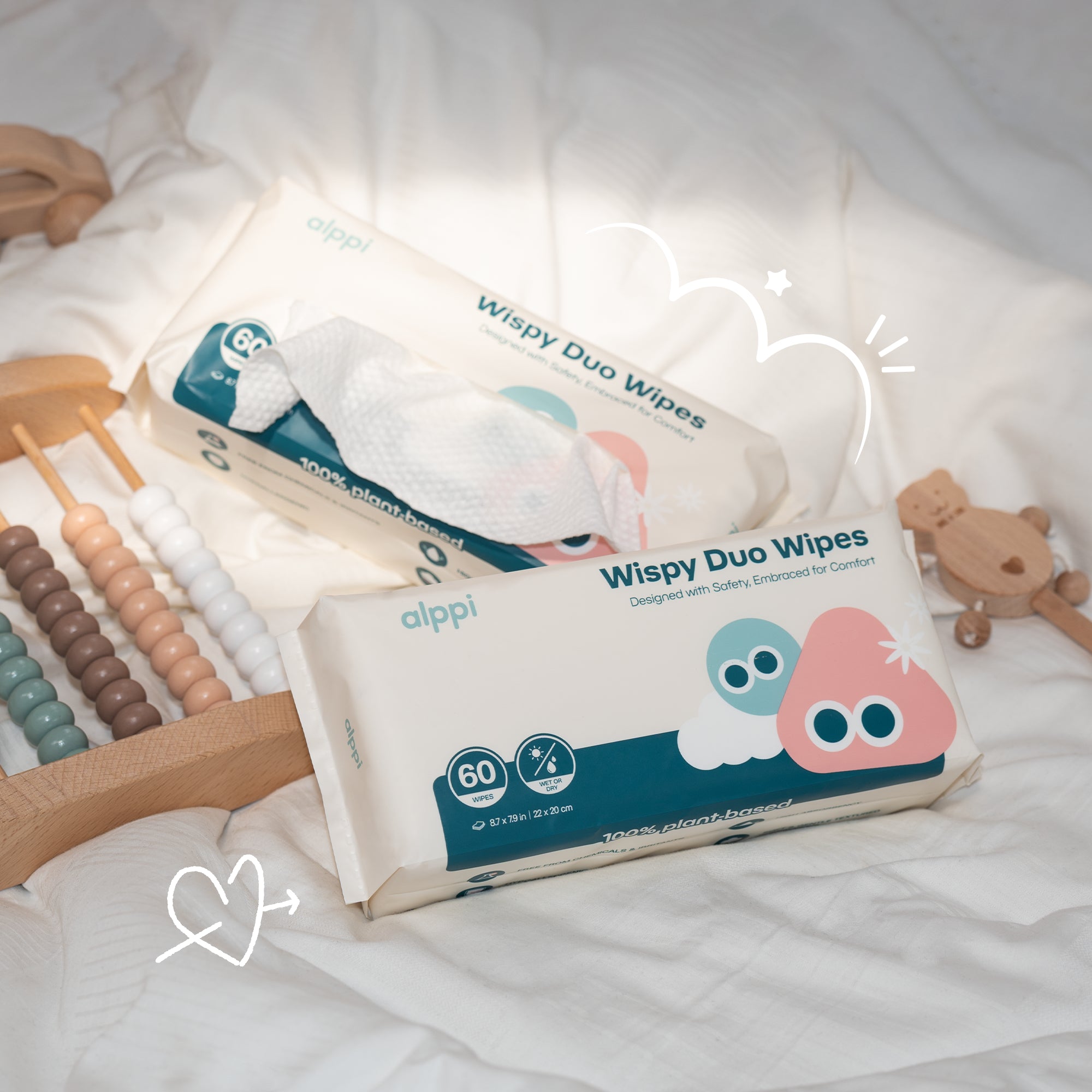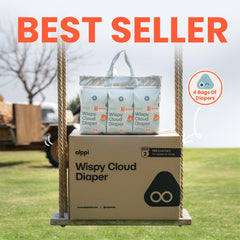How should a diaper fit a baby? It’s a question every new parent asks when trying to keep their little one comfortable and dry. The right diaper fit isn’t just about avoiding leaks—it’s also about protecting your baby’s delicate skin and ensuring they can move freely.
A diaper that’s too tight can leave red marks, while one that’s too loose can cause messy accidents. Finding that perfect balance makes all the difference.
In this quick guide, we’ll walk you through how to check diaper fit, what signs to look for, and how to choose the right size for your baby.
Keep your little one comfy every day with our Daily Diaper Collection—soft, absorbent, and made for all-day comfort.
Understanding The Right Diaper Fit

A good diaper fit keeps your baby dry and comfy, and helps prevent leaks or skin issues. The tabs should close easily—not too tight, not too loose. Your baby should move freely, with no red marks or weird bulges.
Signs A Diaper Fits Properly
The tabs should close on the front panel without stretching or straining. If they overlap in the middle or barely reach, something’s off.
The top edge should rest just under your baby’s belly button—not covering it, not sagging down.
Check these fit points:
- No “muffin top” or bulging at the waist
- Leg ruffles point out, not tucked in
- You can slip two fingers between diaper and skin
- Back covers the whole bottom, with a bit of extra room
Your baby should kick and squirm without the diaper pinching or restricting them. It should be snug, but not tight.
Leg openings should hug your baby’s thighs without gaps. No loose spots where leaks could sneak out.
Common Indicators Of A Poor Fit
Red marks on your baby’s skin mean the diaper’s too tight. You’ll usually see these around the waist, legs, or back right after a change.
Frequent blowouts? That’s often a sizing issue. Too small and the diaper can’t hold everything; too big and you get gaps.
Watch for these warnings:
- Tabs barely reach or overlap too much
- Diaper rides too high or low
- Baby seems fussy or uncomfortable
- Wet spots on clothes even when the diaper looks dry
If the diaper keeps sliding down or shifting during play, it’s probably too big.
Irritated or rashy skin where the diaper sits? Poor fit can cause rubbing and irritation.
Why The Right Fit Matters For Your Baby's Comfort
A well-fitting diaper helps prevent rashes and irritation. Diapers that are too tight rub and leave red marks—no one wants that.
Good fit means fewer leaks and less mess, which saves you time and spares you from constant outfit changes.
Babies sleep better when their diaper fits. If it’s loose or tight, they might wake up from leaks or just plain discomfort.
Proper fit perks:
- More sleep for everyone
- Less irritation and fewer rashes
- Fewer clothing changes
- Less diaper waste from wrong sizes
Babies can crawl, roll, and play more easily in diapers that actually fit. No pinching, no restriction, just freedom to move.
And hey, getting the size right saves money—you won’t end up with a stash of unused diapers that don’t fit.
Never run out of diapers again! Explore our convenient Diaper Subscription Services and get fresh diapers delivered right to your door.
How To Check Diaper Fit Step-By-Step

Checking fit is all about three main spots: waistband, leg openings, and tab placement. You’ll want to look for gaps, red marks, and make sure the tabs and stretchy bits are positioned well.
Waistband And Leg Openings
The waistband should line up with your baby’s natural waist—not too tight, not sagging. You should slip one finger easily between diaper and belly.
If your baby’s tummy bulges over the top, the diaper’s too small.
Next, check the leg openings. They should gently seal around the thighs. The elastic should sit flat, not dig in.
Leg cuffs should stand up a bit—this helps block leaks. If they’re laying flat or tucked in, just fluff them out with your finger.
Checking For Gaps And Red Marks
Run a finger around the waist and legs to feel for gaps. Any space between diaper and skin could mean leaks when your baby moves.
After a change, look for red marks. Faint pink lines that fade fast are fine. But deeper red lines or dents? Too tight.
Check the belly area too. The diaper shouldn’t press into your baby’s tummy or leave marks.
Look at the thighs for red marks or irritation. The elastic should be snug but not so tight it leaves lasting marks.
Adjusting Tabs And Stretch Panels
Angle the tabs slightly upward toward the belly button. This helps keep the diaper in place and prevents sagging.
The tabs should land in the colored area easily. If you’re yanking hard to get them there, try a bigger size.
Both tabs should be even. If one’s higher, you might get leaks on that side.
Check the stretch panels—they should still have some give when fastened. If they’re stretched to the max, size up.
Save time and money by stocking up with our Bulk Diapers Collection—perfect for busy parents and growing babies.
Choosing The Correct Diaper Size
Diaper sizing goes by weight, not age. Body shape matters too. Watch for signals that it’s time to switch sizes, and remember, every brand fits a bit differently.
Weight Guidelines Vs. Baby's Body Shape
Most brands use weight ranges. For example, newborn diapers fit up to 10 pounds, and Size 1 covers 8–14 pounds.
Here’s a typical weight guide:
-
Newborn: Up to 10 lbs
-
Size 1: 8–14 lbs
-
Size 2: 12–18 lbs
-
Size 3: 16–28 lbs
-
Size 4: 22–37 lbs
-
Size 5: 27–35 lbs
-
Size 6: 35+ lbs
The overlap between sizes isn’t a mistake. Body shape matters just as much as weight.
Some babies are long and skinny—they might need the smaller size even if they hit the weight for the next one. Chunkier babies with thick thighs? Go up a size for comfort.
Watch how the diaper sits: waistband should rest at the natural waist, not rolled down or riding up high.
When To Move Up Or Down A Size
You’ll get some clear clues when it’s time to switch sizes—don’t wait for a disaster.
When to size up:
-
Red marks at legs or waist
-
Tabs barely reach the front
-
Leaks, even when diaper’s on right
-
Hard to fasten
-
Doesn’t cover the whole bottom
If you can’t fit two fingers under the waistband, go up a size.
When to size down:
-
Big gaps at the legs
-
Waistband sits too low
-
Diaper sags even when it’s dry
-
Extra material bunches up
Sometimes you’ll need to try both sizes for a bit. Buy small packs until you’re sure what works best.
Tips For Different Diaper Brands
Every brand fits a little differently, even if the size numbers match. Pampers often run smaller, while Huggies seem to work better for chunkier babies.
Pampers even makes a Size 7 for toddlers over 41 lbs, and their newborns have a U-shaped cutout for the umbilical cord.
Huggies Size 1 goes up to 14 lbs, a bit more than most brands. That can help during growth spurts.
Store brands usually have similar sizing but might not stretch as much. Always check the weight range on the package.
When your baby’s between sizes, try a few brands. One brand’s Size 2 might fit better than another’s Size 3 for the same baby.
Start with variety packs or small packages so you don’t end up with a pile of diapers that don’t fit.
Conclusion: How Should a Diaper Fit a Baby
Finding the right diaper fit takes a little trial and error, but once you get it right, your baby will stay comfortable, dry, and happy. A properly fitting diaper helps prevent leaks, rashes, and fussiness—making diaper changes a lot less stressful for everyone.
Remember to check the waistband, leg openings, and overall snugness as your baby grows. Small adjustments can make a big difference in comfort and protection.
Want to keep your baby’s skin even healthier? Check out our next guide on the best wipes for diaper rash.
Frequently Asked Questions
Parents ask about diaper fit and sizing all the time. It comes down to tab placement, belly coverage, wiggle room, and comfort—plus those weight guidelines.
How to tell if a diaper fits correctly
Tabs should close easily without pulling tight. The diaper should sit just below the belly button. If you see red marks or leaks, it’s the wrong size.
How do healthy baby diapers fit
They fit snugly but allow easy movement. The waistband should fit one finger comfortably. No red marks or blowouts mean it’s a good fit.
How tight do diapers need to be
Tight enough to prevent leaks but never leave marks. You should slip a finger between diaper and belly. If tabs pull hard, size up.
Is it better to buy newborn diapers or size 1
Use newborn size under 10 pounds for cord comfort. Switch to size 1 once your baby hits 8–14 pounds. Stock more size 1s—they last longer.



